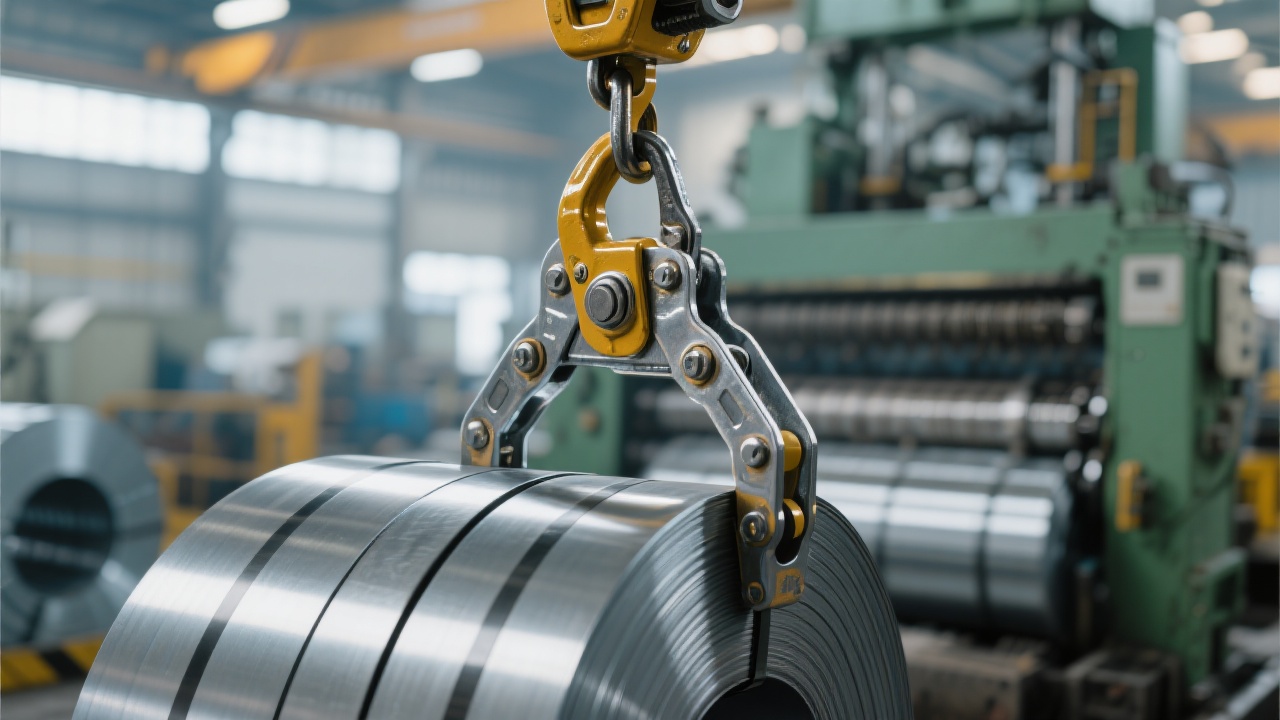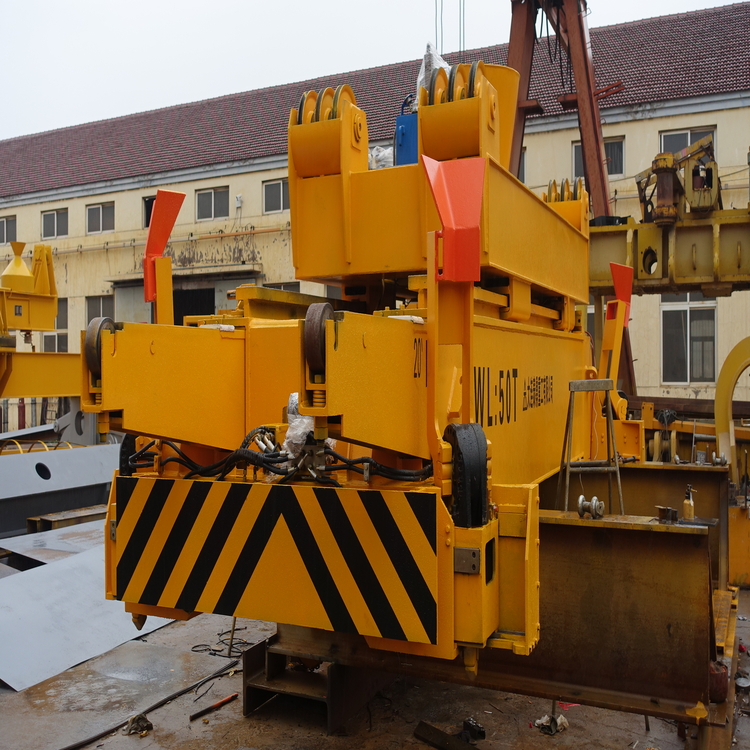
In the era of accelerated transformation towards intelligent manufacturing, steel coil vertical lifting equipment has emerged as a core asset for high - frequency lifting operations in ports and efficient production in sheet metal processing centers. This article delves into the distinct application advantages in these two typical scenarios, offering practical maintenance guidelines to help users achieve optimal equipment performance.
Ports are characterized by high - frequency, large - load operations. The steel coil vertical lifting equipment used in ports needs to handle heavy loads with long - span and high - intensity lifting requirements. To meet these needs, the equipment is designed with a focus on structural strength and flexibility.
The structural design of the equipment in ports emphasizes durability. It can withstand the large - scale, high - intensity lifting operations, ensuring long - term and stable operation. For example, the frame of the lifting equipment is made of high - strength steel, which can bear the weight of multiple steel coils at once. The flexibility design allows the equipment to adjust to different lifting positions and angles, adapting to the complex working environment in ports.

Regarding maintenance, regular inspections are crucial. A daily inspection list should include checking the structural integrity of the equipment, the condition of the lifting cables, and the functionality of the control system. Key components such as the lifting motor and the hydraulic system should be maintained every three months. By following these maintenance steps, it is estimated that the equipment's failure rate can be reduced by 30%, ensuring continuous and safe operations in ports.
In sheet metal processing centers, the requirements for steel coil vertical lifting equipment are quite different. The operations here are characterized by high precision and the need for automation synergy. The equipment is designed to focus on precision control and matching the production line rhythm.
The precision control design of the equipment in processing centers enables accurate positioning of steel coils, which is essential for high - quality sheet metal processing. The equipment can precisely control the lifting height and speed, ensuring that the steel coils are accurately placed on the production line. This helps to improve the efficiency of coil changing operations and overall production efficiency.

For maintenance in processing centers, more attention should be paid to the accuracy of the equipment. The inspection items should include the calibration of the position sensors and the adjustment of the control parameters. The key components, such as the precision servo motors and the coil clamping mechanism, should be maintained every two months. Regular maintenance can improve the precision of the equipment, reducing the defect rate of the processed products by 20%.
Regardless of the application scenario, regular maintenance is of great value. It can not only extend the service life of the equipment but also reduce the risk of downtime. A well - maintained steel coil vertical lifting equipment can ensure the continuity of production and improve overall productivity.
Here is a comparison table of the maintenance requirements in the two scenarios:
| Application Scenario | Key Inspection Items | Maintenance Cycle | Expected Benefits |
|---|---|---|---|
| Port | Structural integrity, lifting cables, control system | Three months for key components | 30% reduction in failure rate |
| Sheet Metal Processing Center | Position sensors, control parameters, clamping mechanism | Two months for key components | 20% reduction in product defect rate |

In the context of the manufacturing industry's upgrade, steel coil vertical lifting equipment plays a strategic role in intelligent factories. It helps to achieve safe, stable, and efficient material handling, making every lift more reliable and secure. To learn more about how our steel coil vertical lifting equipment can optimize your operations and ensure long - term performance, click here.

